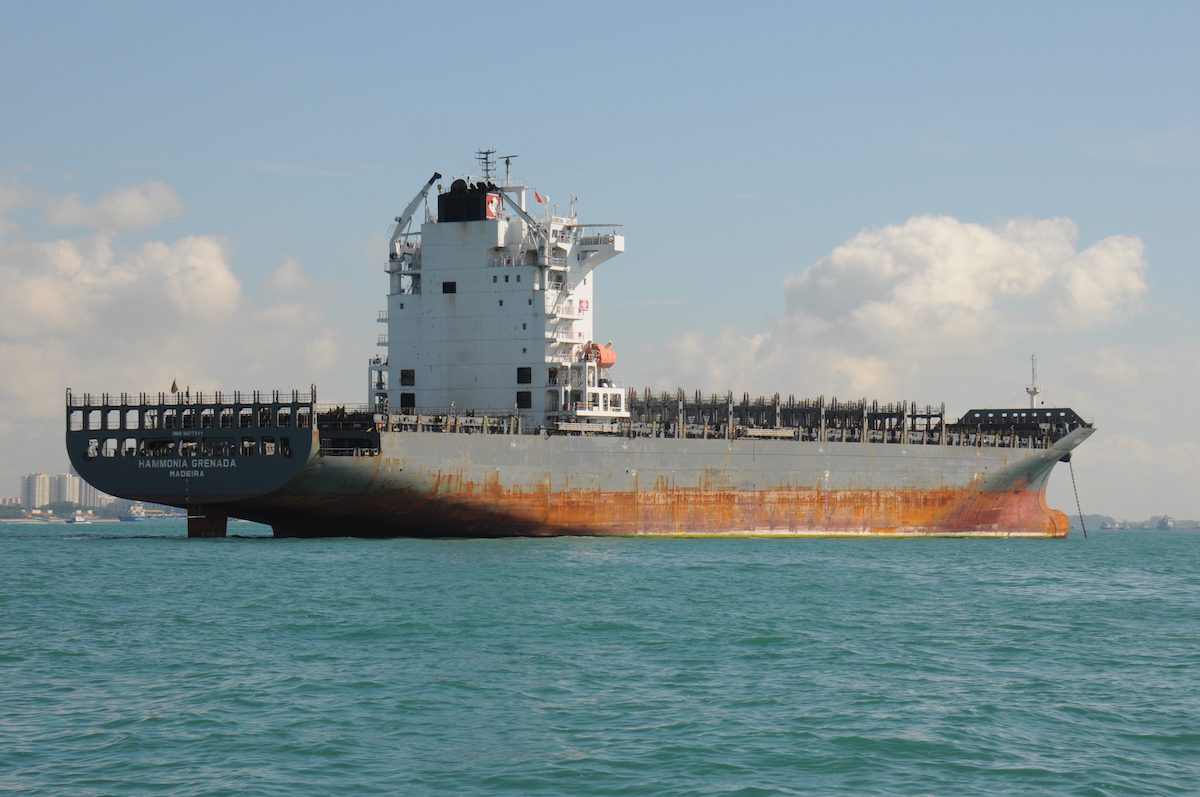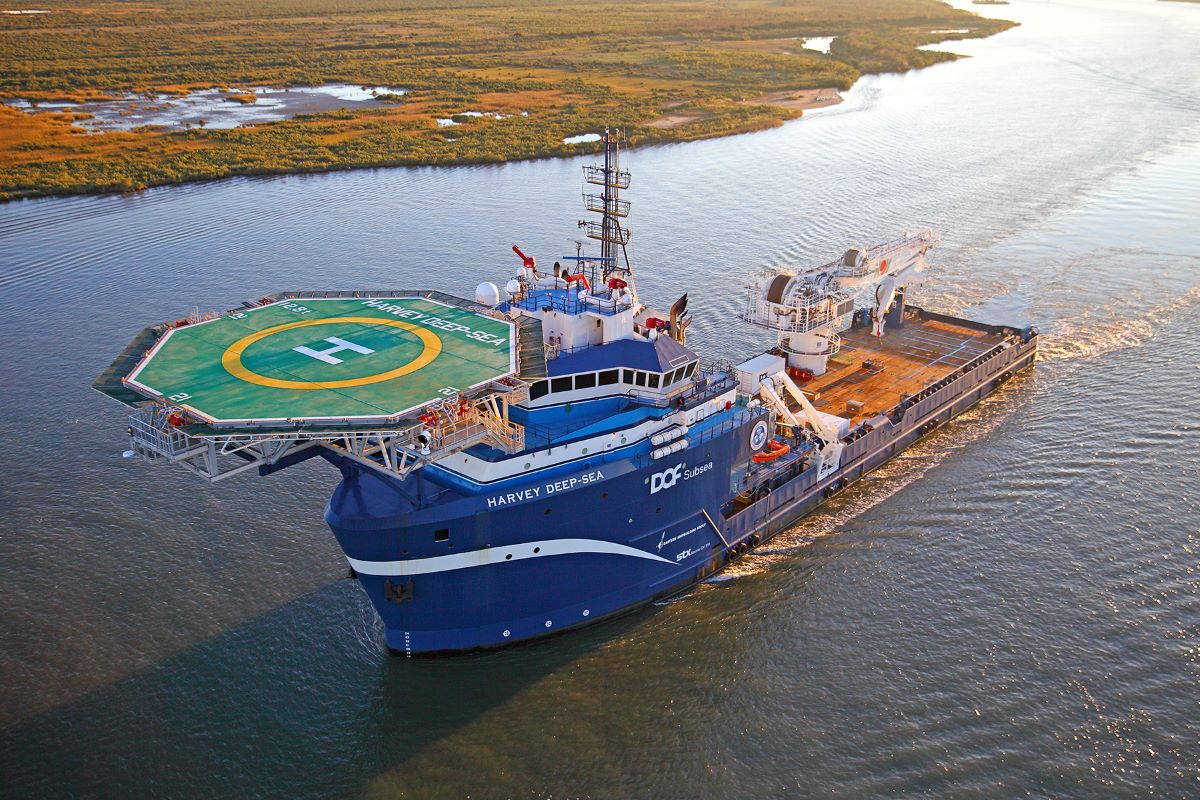A recycling overhang of at least 500 container ships totaling 1.8 million TEU has accumulated in the global fleet, according to new analysis from BIMCO, as vessels continue trading well beyond their typical recycling age.
Only 10 containerships have been recycled this year, continuing minimal recycling activity since 2021. Ships 20 years or older have increased from 16% in early 2020 to 24% currently—the highest proportion since the early 1970s.
“Using the average recycling pattern during 2000-2019, we estimate that the current minimum recycling overhang is 500 ships and 1.8 million TEU,” said Niels Rasmussen, Chief Shipping Analyst at BIMCO. “Prior to the financial crisis a strong market resulted in low recycling, but a weaker market and more recycling dominated from 2009 onwards. Combined, the 2000-2019 period should therefore be a good reflection of recycling during average market conditions.”
Historical data shows that between 2000 and 2019, 20% of ships were recycled before reaching 20 years of age, while 53% were recycled before turning 25.
BIMCO’s analysis suggests the actual overhang could be substantially higher. Using recycling patterns from the weaker market conditions of the 2010s, the organization estimates a maximum overhang of 850 ships and 3.1 million TEU. The large order book, potential Suez Canal rerouting, and efficiency regulations could drive higher recycling rates.
The accumulated backlog will take years to clear. The highest annual recycling on record occurred in 2016, when 185 ships totaling 0.6 million TEU were scrapped.
The demolition market is expected to remain quiet until the ongoing drop in freight rates starts affecting carriers’ profitability, Alphaliner said in an email this month.
“Future recycling is very difficult to estimate accurately,” Rasmussen noted. “However, our estimates indicate an overhang of 6-10% of currently trading ships equal to 33-55% of ships older than 20 years. It is worth noting that the estimated overhang is larger than the order book for all ship segments smaller than 8,000 TEU. This may indicate that fleet growth in the coming years will be driven exclusively by the larger ships which in turn could drive further cascading of larger ships into routes where smaller ships are currently deployed.”

 Join The Club
Join The Club











